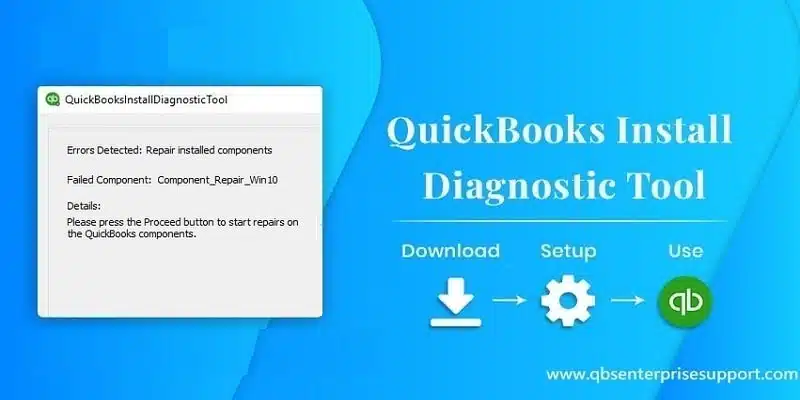Running a construction business is as much about managing numbers as managing projects. Every job is unique, costs fluctuate constantly, and multiple subcontractors often work simultaneously. Unlike traditional businesses with steady cash flow, contractors operate in a world of project-based revenue, complex billing, and unpredictable expenses. Standard bookkeeping simply doesn’t cut it. To succeed, contractors need specialized bookkeeping systems designed to handle job costing, progress billing, retainage, subcontractor payments, and cash flow — all while maintaining compliance and accuracy.
In this guide, we’ll break down the essentials of contractor bookkeeping and how to streamline your accounting for better financial control and profitability.
Table of Contents
ToggleWhy Construction & Contracting Are Different
Bookkeeping for construction companies is unlike any other industry. While most businesses record sales and expenses on a straightforward timeline, contractors deal with long-term projects, staggered billing, and retention terms that can delay revenue recognition.
Here’s what makes construction accounting unique:
- Revenue is earned over time, not all at once. You’ll often use progress billing or percentage-of-completion methods instead of billing the full amount upfront.
- Costs must be tracked per project or contract, not just as general business expenses. Each job functions as its own profit center.
- Retainage (retention) — a portion of payment withheld until project completion — must be tracked separately to avoid cash flow surprises.
- Subcontractor invoicing, lien waivers, change orders, and compliance documentation add multiple layers of financial complexity.
Without precise bookkeeping tailored for these challenges, even profitable projects can appear unprofitable on paper.
Job Costing & Cost Allocation
Job costing is the heart of contractor bookkeeping. It enables you to see exactly how much each project costs — and how profitable it truly is.
How to Implement Effective Job Costing
- Create separate job codes for each contract or project. This ensures that all income and expenses are tied to a specific job.
- Track all direct costs — including materials, equipment, subcontractor labor, and employee time — under the appropriate job code.
- Allocate indirect costs or overhead (like insurance, fuel, or office rent) proportionally to jobs. You can use activity-based metrics such as machine hours or square footage.
- Compare estimates to actual costs regularly to identify cost overruns or underbidding issues.
By accurately allocating costs, you can determine which projects deliver the best margins and which may require pricing adjustments.
Pro Tip:
Run job profitability reports weekly or monthly — not just at the end of the project — so you can adjust before costs spiral.
Progress Billing & Revenue Recognition
Unlike retail or service businesses, contractors rarely get paid in one lump sum. Progress billing allows you to bill clients as work is completed — often tied to specific milestones.
Best Practices for Progress Billing
- Bill according to percentage of completion or specific project stages (e.g., foundation, framing, roofing).
- Maintain clear documentation and approvals before issuing invoices to avoid disputes.
- Recognize revenue proportionally with completed work, aligning with the percentage-of-completion method allowed under accounting standards.
- Track and adjust for retentions (retainage) — amounts withheld until final project acceptance.
- Include change orders in your billing updates to keep financials accurate.
When properly managed, progress billing keeps your cash flow steady and ensures you’re paid fairly for work completed.
Subcontractors & Vendor Payments
Managing subcontractors is another crucial part of contractor bookkeeping. Each subcontractor represents a financial and compliance responsibility.
How to Streamline Subcontractor Accounting
- Maintain detailed records for each subcontractor — agreements, payments, insurance certificates, and tax forms.
- Track retainage amounts for subcontractors separately to ensure you release payments appropriately at project completion.
- Ensure lien waivers are obtained before final payments to protect against legal claims.
- Automate 1099 reporting (in the U.S.) or equivalent forms to remain compliant with tax regulations.
- Set up vendor aging reports to avoid missing due dates and maintain good supplier relationships.
Proper subcontractor tracking protects your business legally and financially — ensuring transparency across every project.
Cash Flow Management in Construction
Construction projects often involve heavy upfront expenses for materials, permits, and labor — long before you get paid.
That’s why effective cash flow management is vital.
Smart Cash Flow Strategies
- Forecast cash inflows and outflows by project milestone.
- Use short-term financing or credit lines to cover material and payroll costs during delayed billing cycles.
- Set up retention tracking so you know exactly how much cash is locked up.
- Keep a cash reserve (typically 3–6 months of expenses) to cushion against project delays.
- Automate accounts receivable reminders to reduce late client payments.
With accurate cash flow forecasting, you can ensure your business stays solvent even during payment lags or slow seasons
Best Practices & Tips for Contractor Bookkeeping
Implementing structured systems can turn your construction accounting from chaotic to efficient.
Key Practices to Follow
- Use cloud-based accounting software that supports job costing and project tracking. This ensures real-time updates from anywhere.
- Reconcile job expenses weekly to catch errors or misallocations early.
- Maintain job profitability reports to compare projects side-by-side.
- Build cost buffers into budgets for unexpected overruns.
- Establish strong internal controls — including purchase orders, approval workflows, and time tracking systems — to minimize waste and fraud.
- Review financial KPIs regularly: profit per project, cash flow trends, and overhead ratios.
Bonus Tip:
Train your project managers on basic accounting reports. When field and finance teams share data, cost control improves dramatically.
Contractor bookkeeping requires precision, structure, and foresight — far more than generic small business accounting. By managing job costs, tracking progress billing, and maintaining tight control over subcontractors and cash flow, you can make every project financially transparent and profitable.
When done right, your books become more than just records — they become a roadmap for business growth.
Next Step: Simplify Your Contractor Bookkeeping
At QBS Enterprise Support, we help contractors and construction firms implement accurate, automated, and efficient bookkeeping systems that give you total visibility over every project.
Our team of experts can:
- Set up job costing systems tailored to your workflow
- Automate progress billing and revenue recognition
- Manage subcontractor payments, retainage, and cash flow forecasting
📞 Book a free consultation today to discover how we can help you save time, reduce accounting errors, and boost project profitability.







